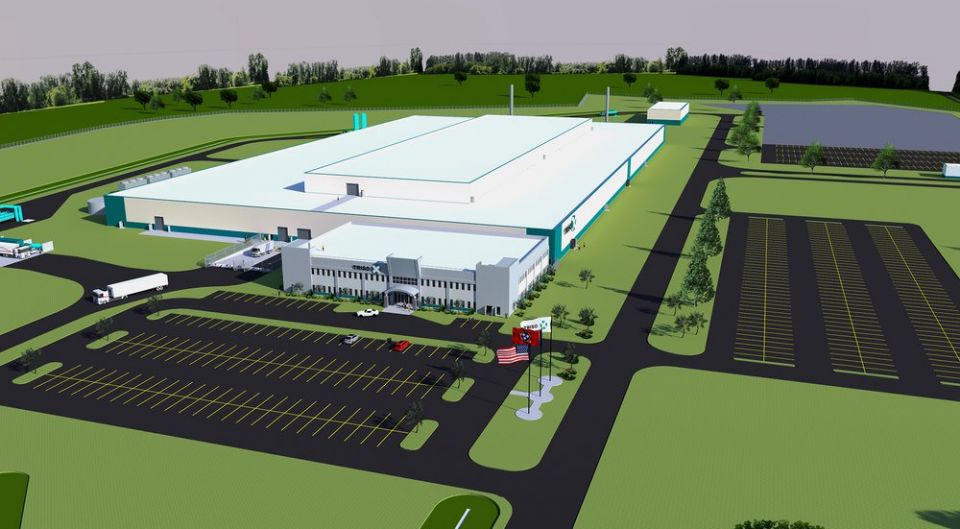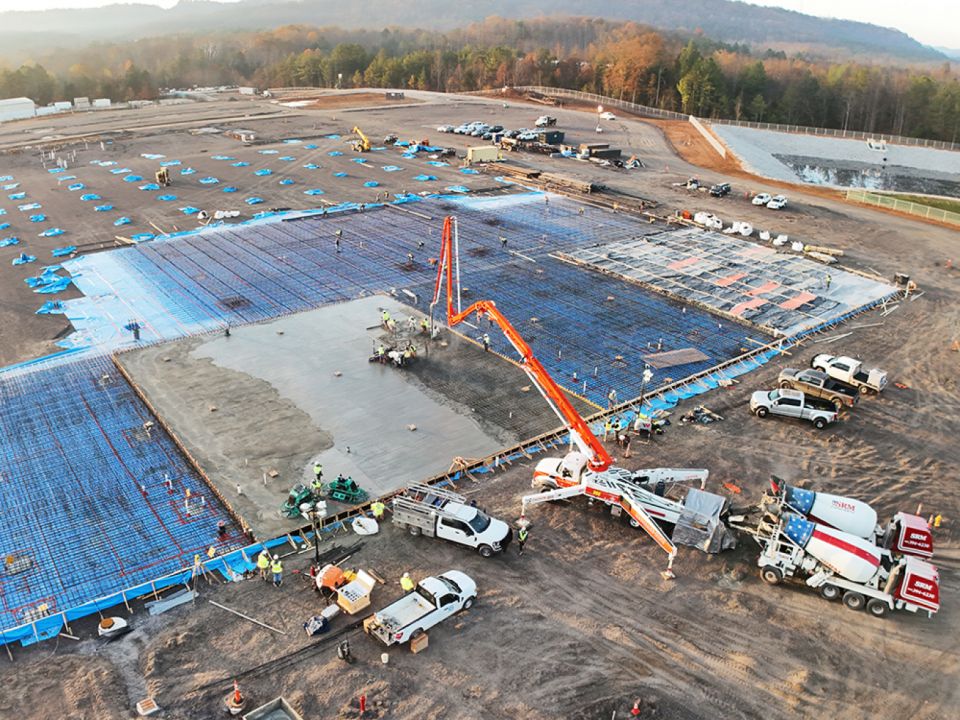Proposed rule for more flexible licensing under Part 53 is open for comment
The Nuclear Regulatory Commission has published a proposed rule that has been almost five years in the making: Risk-Informed, Technology-Inclusive Regulatory Framework for Advanced Reactors. The rule, which by law must take its final form before the end of 2027, would establish risk-informed, performance-based techniques the NRC can use to review and license any nuclear power reactor. This is a departure from the two licensing options with light water reactor–specific regulatory requirements that applicants can already choose.






